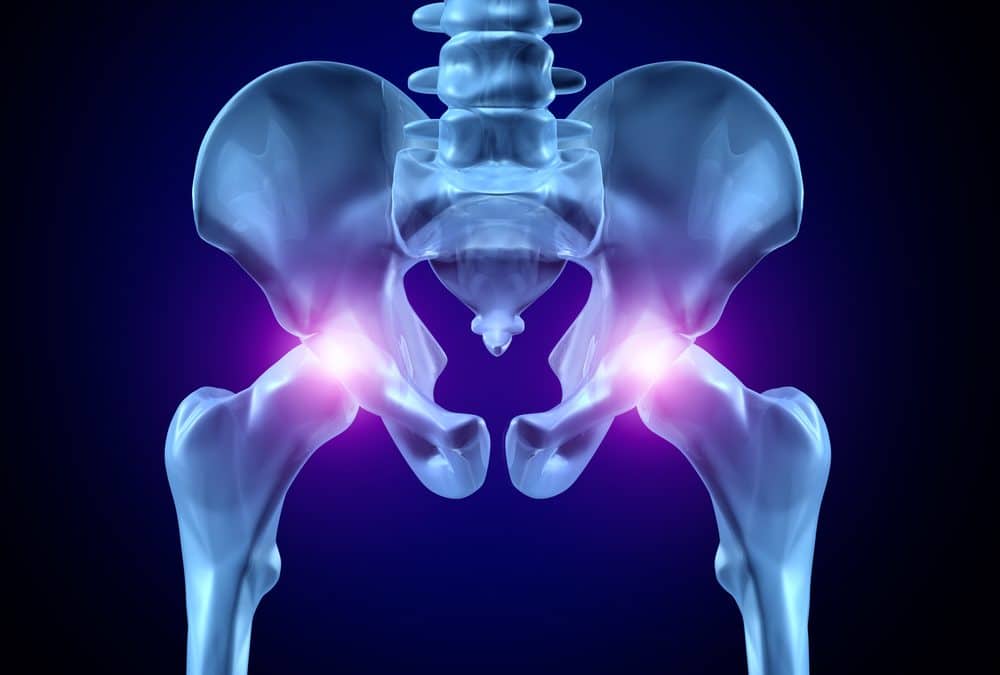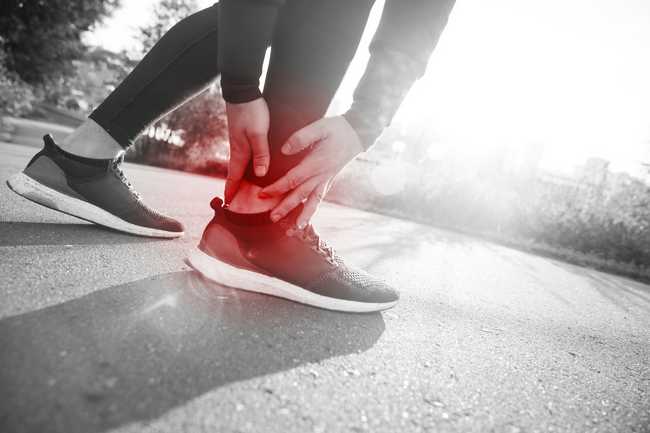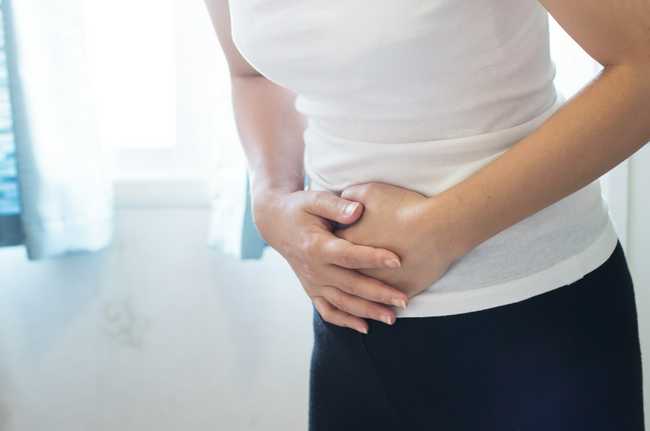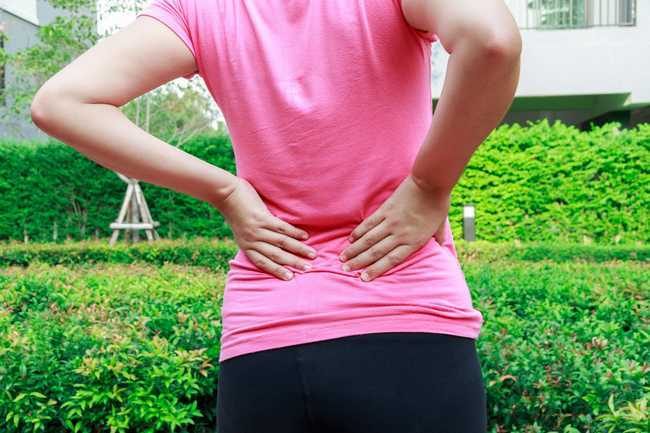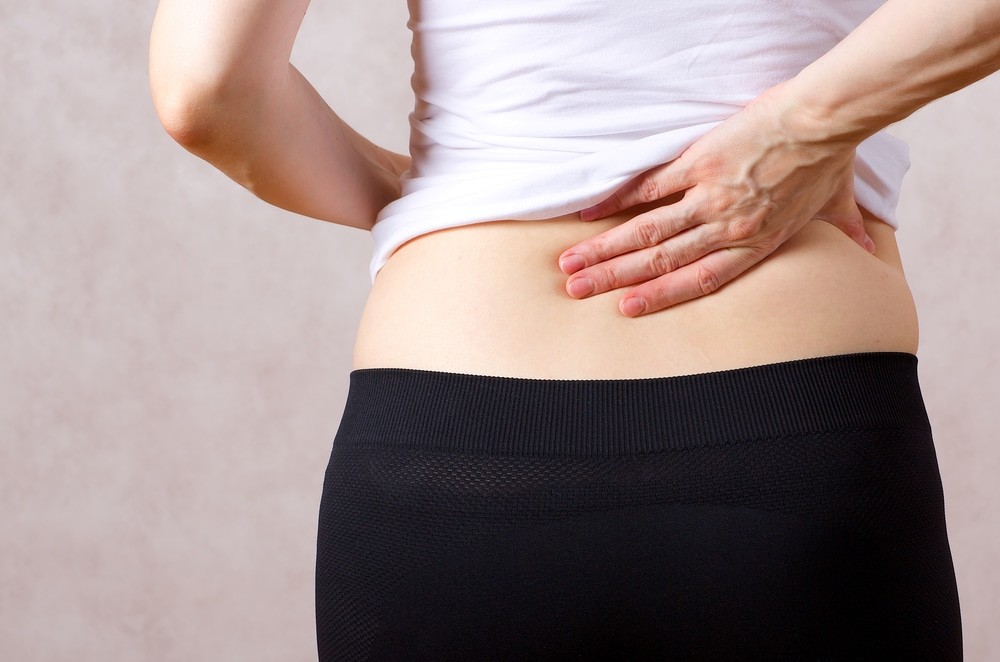
Postpartum Back Pain
Relief for New Moms: What You Need to Know About Postpartum Back Pain & How to Finally Get Some Relief!
Postpartum-related back pain is not uncommon. Up to 75% of women experience some sort of back pain after giving birth.
Are you experiencing back pain after pregnancy? Do you have soreness and nagging stiffness in your back from poor posture due to strained abdominal muscles?
Relieving postpartum back pain might take a back seat to caring for your new baby, but there is help out there. Chiropractic care for postpartum back pain might be just what you need to relieve your postpartum back pain!
If postpartum back pain is the last thing you have time to deal with right now, keep reading to find out what you need to know to get relief!
Postpartum Back Pain
Some women suffer from back pain during pregnancy and some women experience back pain immediately following childbirth.
This is because pregnancy hormones loosen up in your joints and ligaments. Couple that with carrying the extra baby weight, pushing during labor, and picking up your newborn and it wreaks havoc on your back.
How Long Does Postpartum Back Pain Last?
Postpartum back pain can last for weeks or even months after giving birth. Your body stretched and grew to make room for your baby and now it is slowly trying to go back to normal. This can cause a lot of pain in your hips and lower back.
In addition to all of that, you are lifting and bending to take care of your newborn. You may be too exhausted and too busy to stretch and keep up with regular exercise to keep the pain away.
The longer you neglect your body, the longer the pain may last.
Natural Relief for Postpartum Back Pain
Rather than relying on medications to relieve back pain, there are some natural treatments that will have you feeling better. Let’s take a look at a few.
1. Pelvic Tilts
Start off your morning with some pelvic tilts to stretch and strengthen your lower back muscles. Lie on the floor and bend your knees. Your feet should be flat on the floor.
Lift your hips and squeeze your buttocks. Start off slowly and work up to ten every morning.
2. Be Mindful of Your Posture
While carrying and breastfeeding the baby, check that you are practicing good posture. Keep your shoulders down and back and keep your back straight.
3. Be Careful When Lifting and Carrying
You’ll do a lot of lifting and carrying after the baby is born…baby, baby carrier, and diaper bag. Remember to lift with your legs and distribute weight evenly.
4. Chiropractic for Postpartum Back Pain
A chiropractor can restore your pelvic balance and adjust your back through chiropractic manipulation.
Get the Relief You Need
Now that you know how to find relief from postpartum back pain, don’t hesitate to give us a call. We at Amazing Life Chiropractic and Wellness offer natural and reliable pain relief.
Book an appointment today. We’ll have you fixed up and feeling better with our excellent care and outstanding service.
